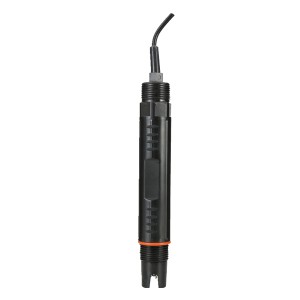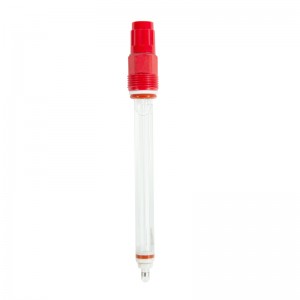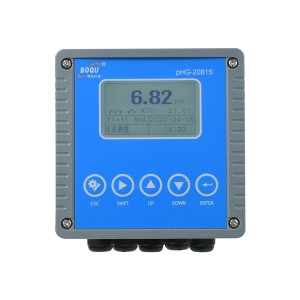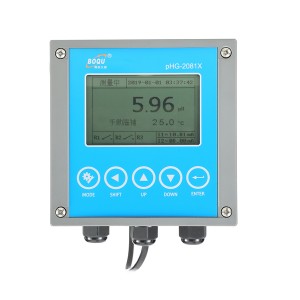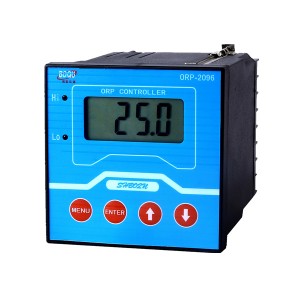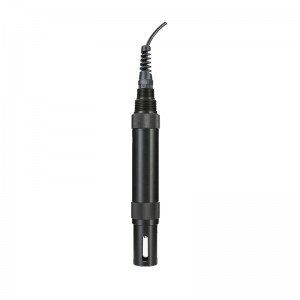Features
1. It adopts heat-resisting gel dielectric and solid dielectric double liquid junction structure; in the circumstances when the electrode is not connected to the back pressure, the withstand pressure is 0~6Bar. It can be directly used for l30℃ sterilization.
2. There is no need for additional dielectric and there is a little amount of maintenance.
3. It adopts S8 or K8S and PGl3.5 thread socket, which can be replaced by any overseas electrode.
1. Measuring range: -2000mV-2000mV
2. Temperature range: 0-130 ℃
3. Compressive strength: 0~6Bar
4. Socket: S8, K8S and PGl3.5 thread
5. Dimensions: Diameter 12×120, 150, 220, 260 and 320mm
Bio-engineering: Amino acids, blood products, gene, insulin and interferon.
Pharmaceutical industry: Antibiotics, vitamins and citric acid
Beer: Brewing, mashing, boiling, fermentation, bottling, cold wort and deoxy water
Food and beverages: On-line measurement for MSG, soy sauce, dairy products, juice, yeast, sugar, drinking water and other bio-chemical process.
Oxidation Reduction Potential (ORP or Redox Potential) measures an aqueous system’s capacity to either release or accept electrons from chemical reactions. When a system tends to accept electrons, it is an oxidizing system. When it tends to release electrons, it is a reducing system. A system’s reduction potential may change upon introduction of a new species or when the concentration of an existing species changes.
ORP values are used much like pH values to determine water quality. Just as pH values indicate a system’s relative state for receiving or donating hydrogen ions, ORP values characterize a system’s relative state for gaining or losing electrons. ORP values are affected by all oxidizing and reducing agents, not just acids and bases that influence pH measurement.
From a water treatment perspective, ORP measurements are often used to control disinfection with chlorine or chlorine dioxide in cooling towers, swimming pools, potable water supplies, and other water treatment applications. For example, studies have shown that the life span of bacteria in water is strongly dependent on the ORP value. In wastewater, ORP measurement is used frequently to control treatment processes that employ biological treatment solutions for removing contaminants.





